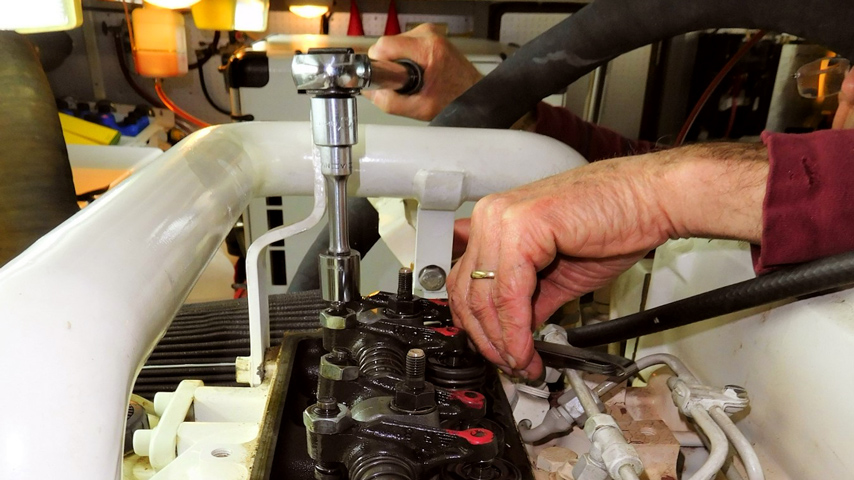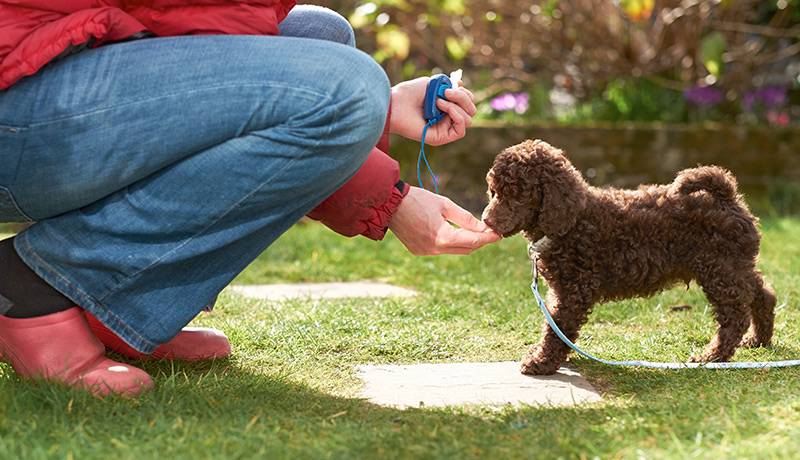DIY Stitch and Glue Boat Plans & Blueprints Guide to Success
Embarking on a DIY boat-building project is an exciting adventure that combines creativity, craftsmanship, and a love for the water. The stitch and glue method is one of the most accessible techniques for amateur boat builders, offering simplicity and efficiency without sacrificing quality. This method involves stitching together plywood panels with wire or cable ties and then gluing the seams with epoxy resin. Here’s a comprehensive guide to ensure your success with DIY stitch and glue boat plans and blueprints. First, selecting the right plans and blueprints is crucial. Look for designs that suit your skill level and intended use. For beginners, starting with a small dinghy or kayak can provide a manageable introduction to boat building. Detailed plans typically include full-size templates for cutting the plywood, step-by-step instructions, and a materials list. Ensuring you have accurate and clear blueprints is essential, as these will be your roadmap throughout the project. Once you have your plans, the next step is gathering materials. High-quality marine plywood is recommended due to its durability and resistance to moisture.

You will also need epoxy resin, fiberglass tape, cable ties or copper wire, and various tools such as a jigsaw, drill, and clamps. Safety equipment, including gloves, goggles, and a respirator, is also necessary to protect yourself from fumes and splinters. The construction process begins with cutting the plywood panels according to the templates provided in your blueprints. Precision is key here; accurate cuts will ensure the panels fit together seamlessly. After cutting, the edges of the panels are smoothed and prepared for stitching. Using cable ties or copper wire, you stitch the panels together along the seams, creating the initial shape of your boat. This stage requires patience and attention to detail to ensure the panels align correctly. With the hull stitched together, the next step is applying the epoxy resin. This involves mixing the resin and hardener and then applying it along the seams. The resin not only bonds the panels together but also waterproofs the joints. For added strength, fiberglass tape is applied over the seams before the epoxy cures. This step is critical for the structural integrity of your boat, so ensure the epoxy is applied evenly and thoroughly.
After the epoxy has cured, the stitches or ties are removed, and the seams are sanded smooth. Additional layers of epoxy and fiberglass may be applied to the entire hull for increased durability and waterproofing DIY Stitch and Glue Boat Plans & Blueprints. At this stage, you can also address any imperfections and make necessary adjustments to the hull shape. Properly sealing and painting your boat will protect it from the elements and enhance its appearance. Take your time with this stage, applying multiple coats as needed and allowing adequate drying time between each coat. Building a boat using the stitch and glue method is a rewarding project that offers both challenges and satisfaction. By carefully following your plans and blueprints, gathering quality materials, and taking a methodical approach to construction, you can create a beautiful and functional vessel. Whether you are an experienced craftsman or a novice builder, the stitch and glue technique provides an accessible path to boat ownership and the joy of sailing your handcrafted vessel on open waters.

